PROTECT YOUR DNA WITH QUANTUM TECHNOLOGY
Orgo-Life the new way to the future Advertising by AdpathwaySquash vines are vigorous, productive, and easy to grow, bringing us loads of tasty vegetables from the patch. Their foliage is attractive, and a single plant can produce quite a lot. Both summer and winter squash are satisfying to grow and have much the same needs.
Summer squash is fast to mature with thin, tender skin that is best harvested young. Winter varieties have thick, tough skin, making them excellent for winter storage. Both grow best in warm weather with plenty of moisture and sunshine. They’re heavy feeders, so add plenty of organic material to your soil, and don’t forget to fertilize.
Regular harvesting from your squash plants encourages better production in the same way that deadheading flowers does. Planting near flowers that are popular among pollinators will do the same. With a bit of attention and proper care, squash plants can be one of the most rewarding and easiest in the vegetable garden.
Black Beauty Summer Squash

Black Beauty Summer Squash Seeds

Max’s Gold Summer Squash Seeds
Costata Romanesco Summer Squash
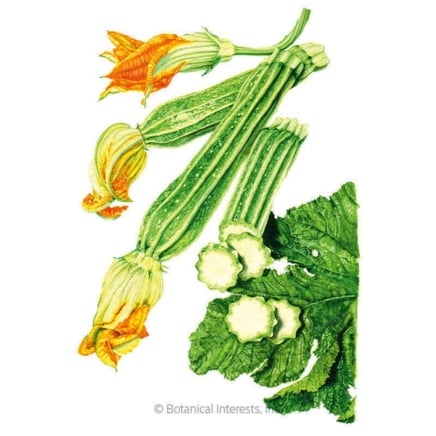
Costata Romanesco Summer Squash Seeds

Summer ‘Black Beauty’
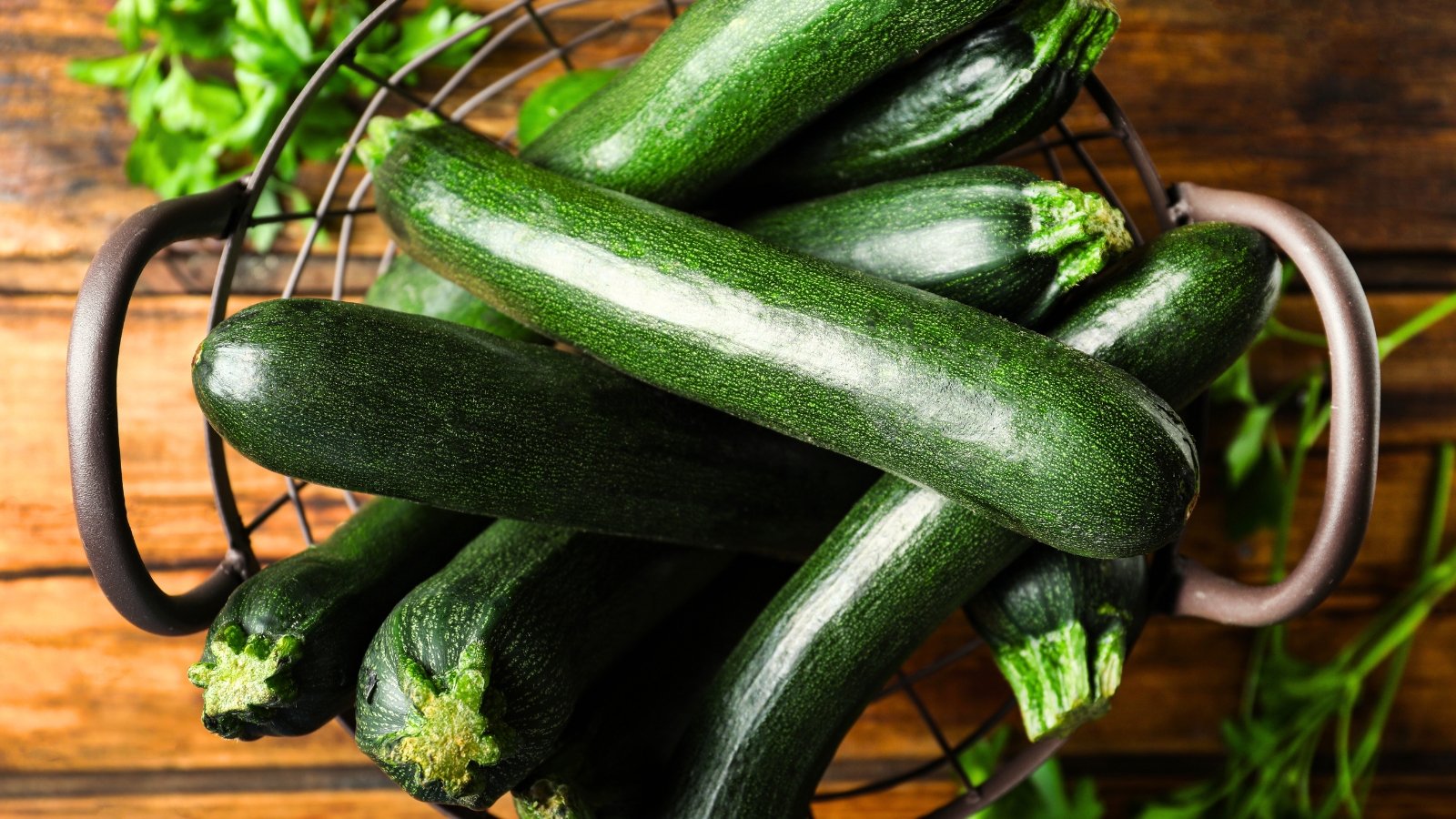 Consistently produces tender fruits with minimal garden fuss.
Consistently produces tender fruits with minimal garden fuss.‘Black Beauty’ is a superb heirloom zucchini summer squash variety. It’s been around and winning awards since the 1920s. Tender, tasty fruits and a small footprint have made this variety popular for more than 100 years. This is a bush type, producing short vines on a three to four-foot plant.
Pick your ‘Black Beauty’ fruits young, at about six to eight inches long. This is when these easy squash varieties will have the best balance of flavor and tenderness. Because of the smaller size of the bush, this makes an excellent container variety. It’s incredibly easy to grow.
Summer ‘Max’s Gold’
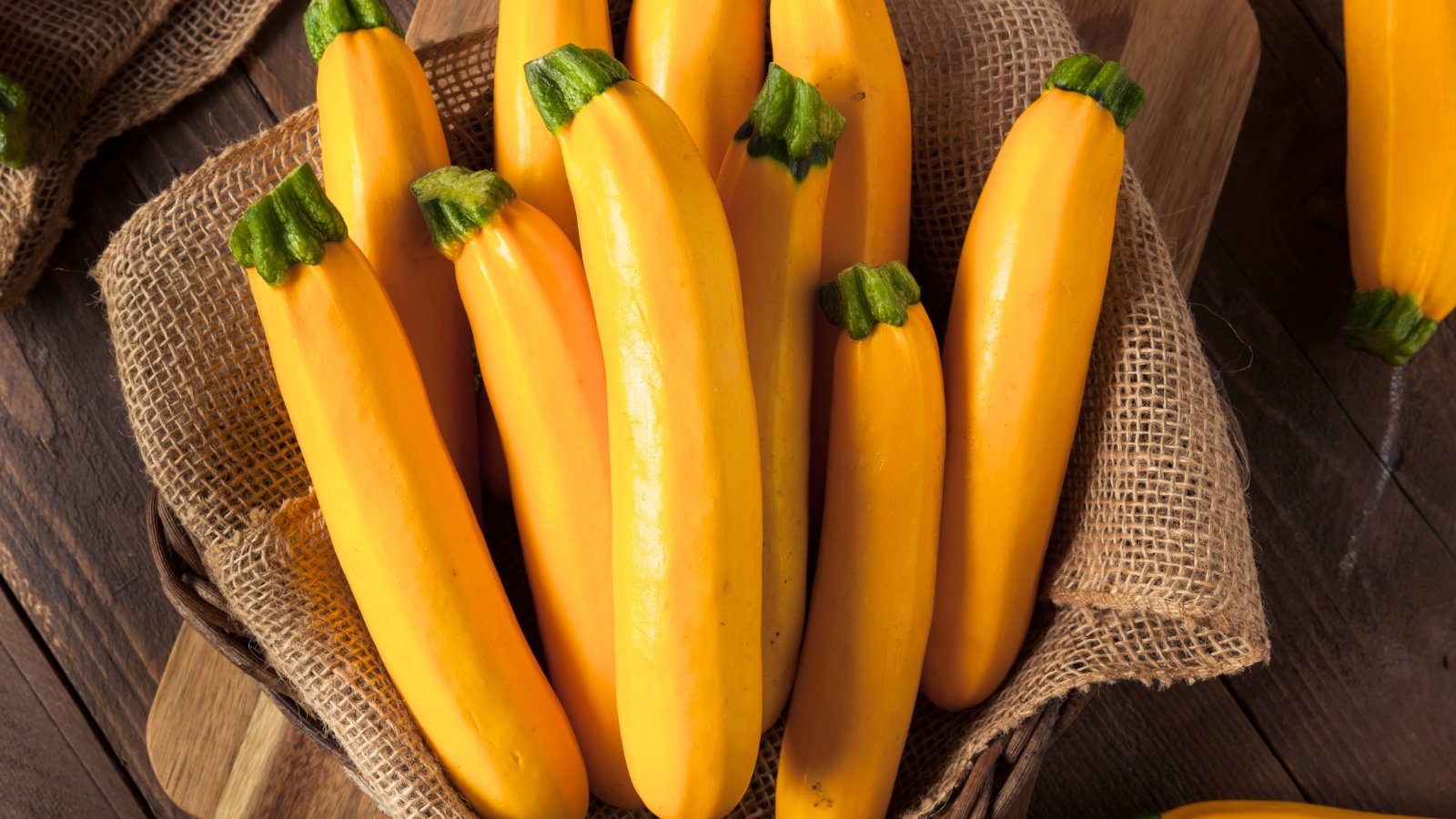 Frequent picking encourages more tasty fruits to grow.
Frequent picking encourages more tasty fruits to grow.‘Max’s Gold’ is a lovely, buttery, flavorful variety of zucchini summer squash. We love it for its beautiful color and firm, tasty flesh. It holds up well to cooking. The long, straight fruits have a small seed cavity, so there is a better ratio of flesh to seeds.
This is another easygoing bush-type plant that reaches two to three feet tall. The golden skin is brighter than average, and the creamy white interior is delicious. Harvest these young and often to keep ‘Max’s Gold’ producing.
Summer ‘Costata Romanesco’
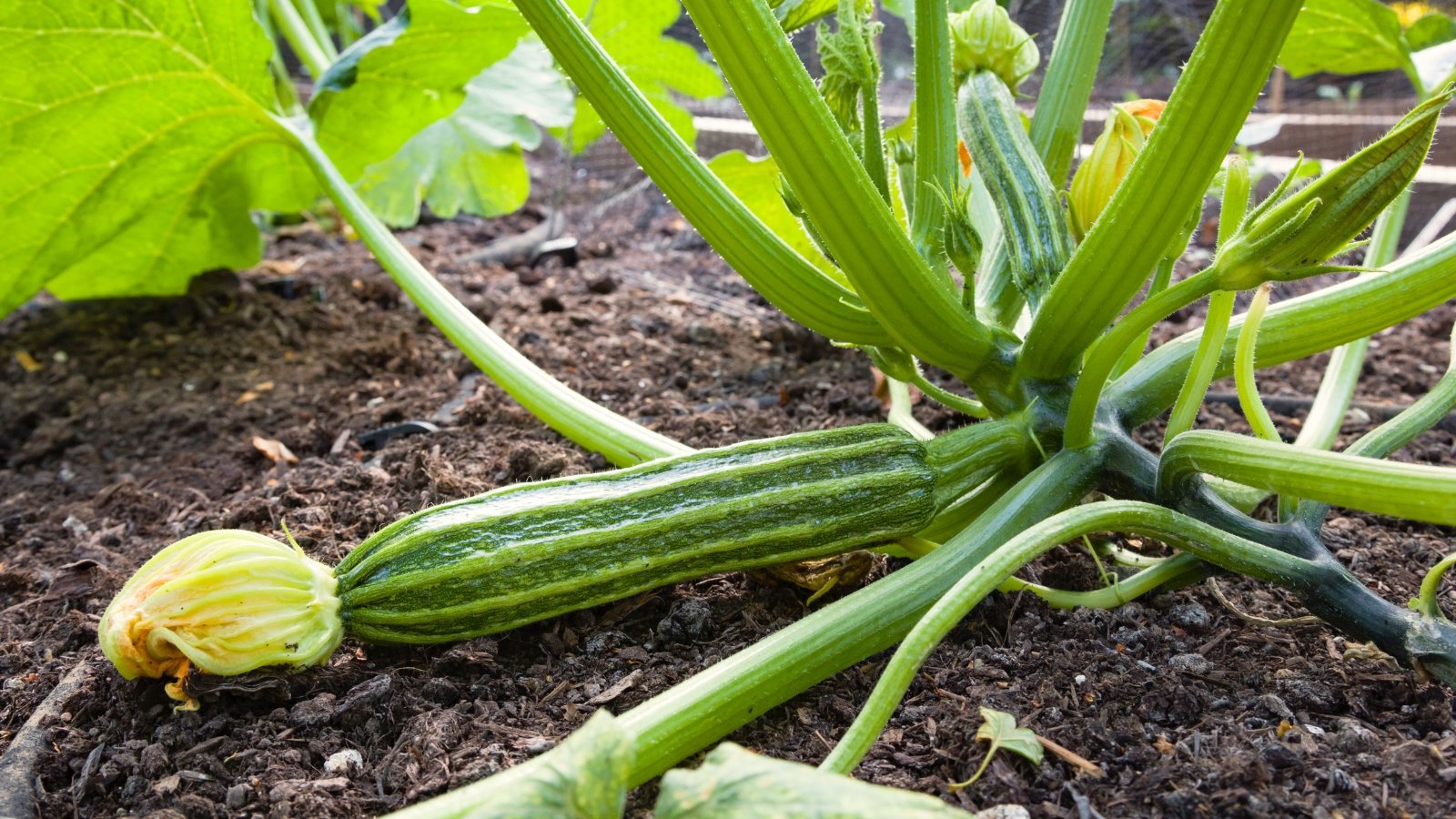 The vining plant produces an abundant summer harvest easily.
The vining plant produces an abundant summer harvest easily.‘Costata Romanesco’ is an attractive and unique heirloom variety of summer squash. This Italian cultivar has ribbed, striped skin and a distinctive, nutty flavor. The unusual appearance makes this a conversation piece in the garden and on the table. They have a firmer texture than average, but the skin is still nice and tender.
These easy squash varieties are more of a vining than a bush type. The plant produces an ample number of male blossoms, which are delicious and great for stuffing. The fruits are best picked at around 10 inches long, with the blossom still attached at the end.
Summer Patty Pan ‘Gelber Englischer’
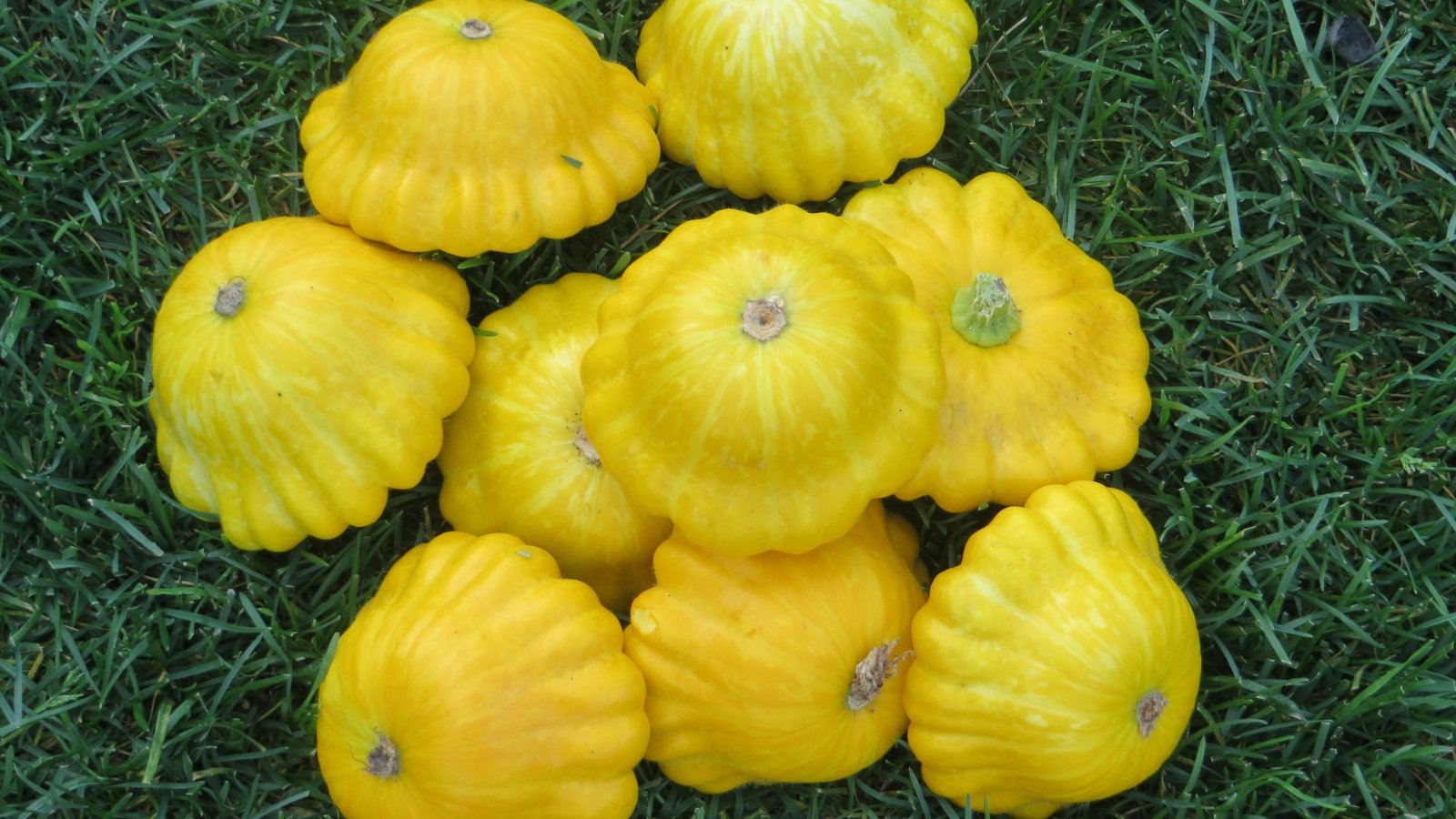 Bush-type plants offer a tidy, compact harvest.
Bush-type plants offer a tidy, compact harvest.Patty pan is a type of summer squash with an adorable name and appearance. ‘Gelber Englischer’ is an easy heirloom variety with golden skin that has light yellow and green stripes. It originated in Germany and has seen consistent popularity ever since.
This patty pan squash is a bush-type variety. It’s best to harvest the fruits when they are about two to four inches wide. This is when they will have the best flavor and texture. If you leave them on the vine, they will grow much larger and mature to a deep orange color. They are best for decorating with at this point.
Butternut ‘Waltham’
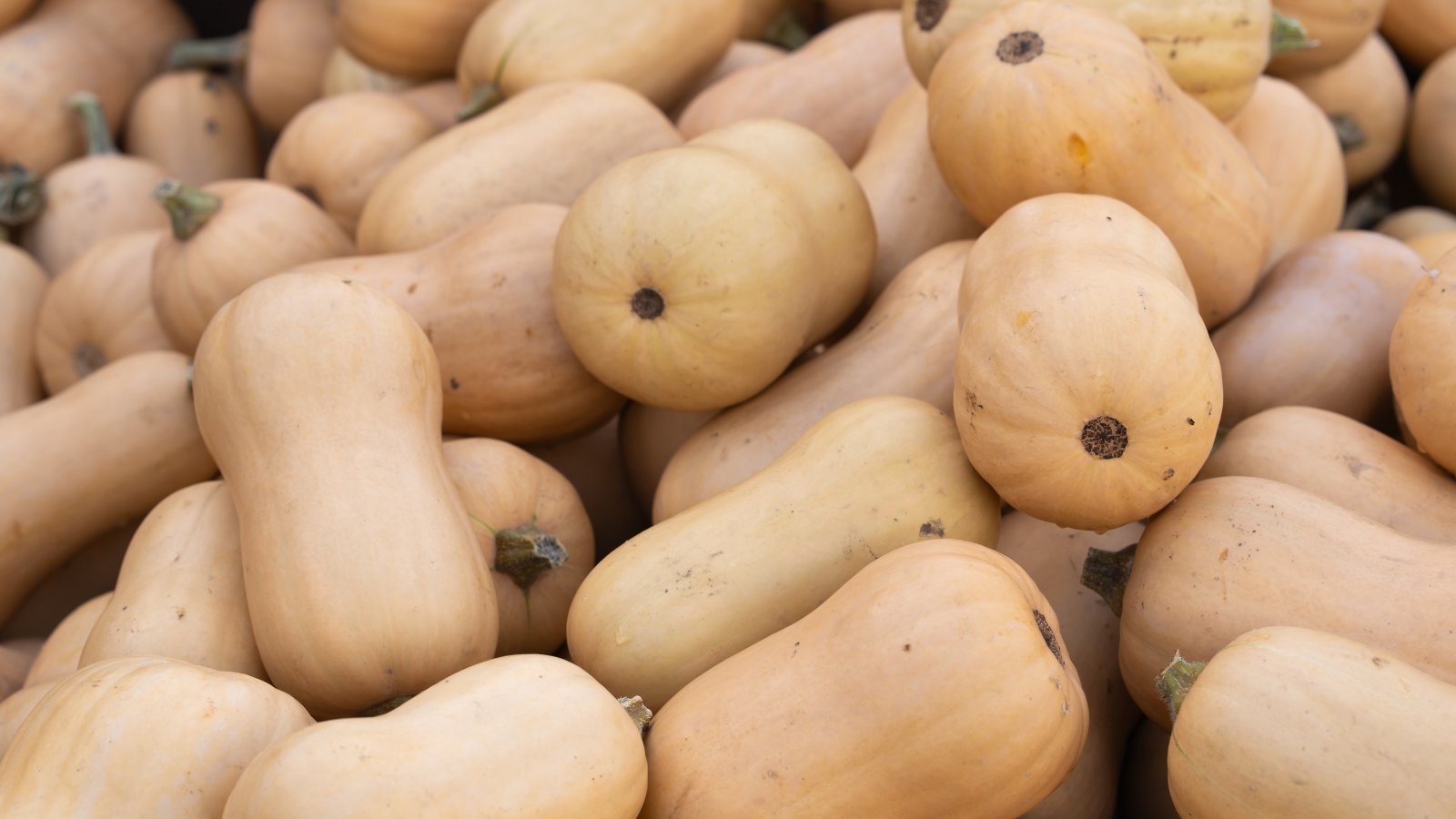 Sweet, rich fruits brighten soups and autumn meals.
Sweet, rich fruits brighten soups and autumn meals.Butternut is a wonderfully easy and delicious type of winter squash that’s highly popular in the autumn. ‘Waltham’ is a versatile and long-storing variety with a rich, sweet flavor that’s perfect for fall soups and stews. The eight-foot-long vines each produce about four to five fruits apiece.
‘Waltham’ has been around for decades and won an All-America Selections award in 1970. It has thick stems that are resistant to borers, and thick skin that makes it good for storage. It’s best to directly sow squash seeds, as the seeds are large and the plants will be sturdier this way.
Acorn ‘Table King’
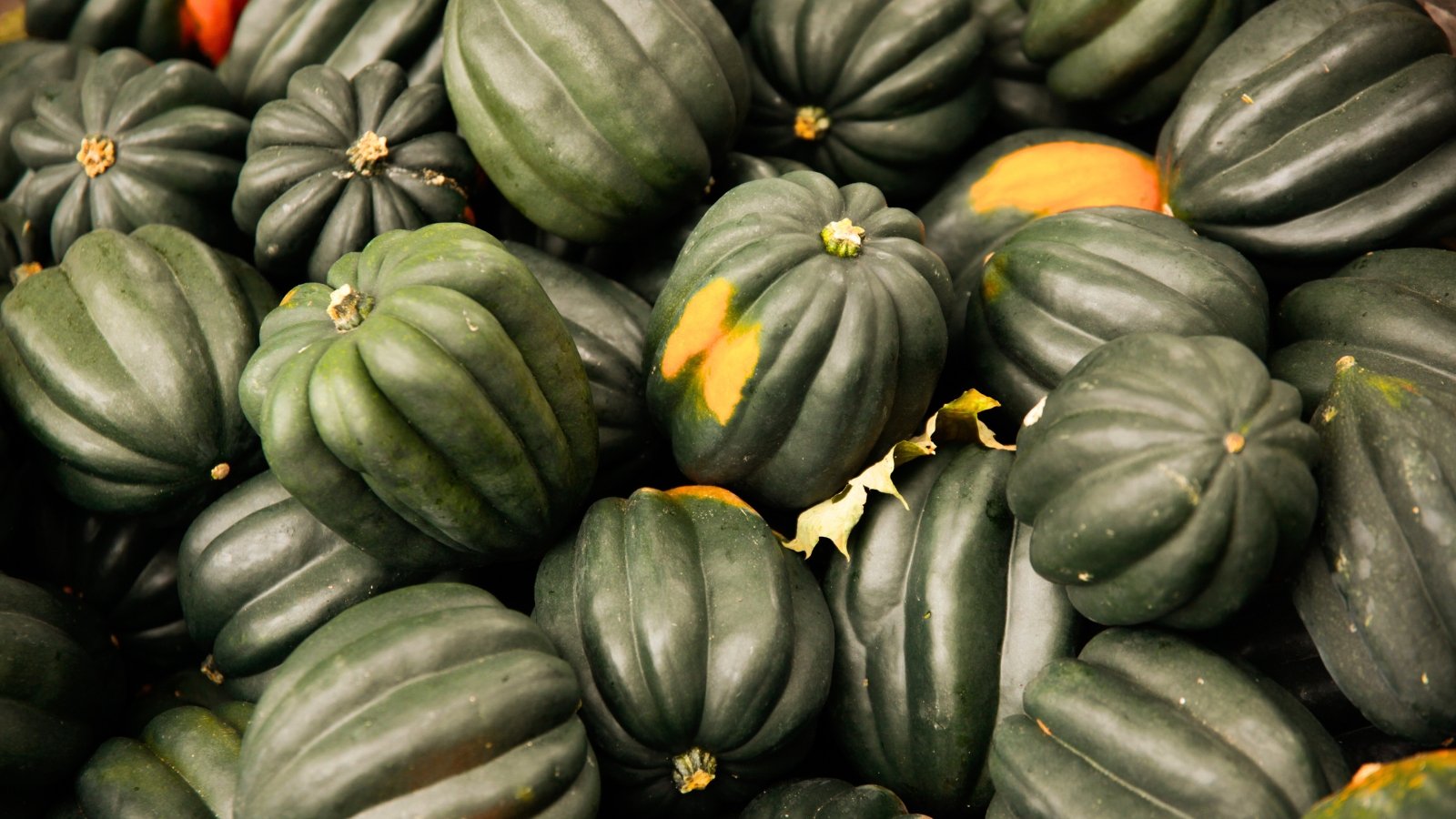 Dark green fruits develop golden patches when ripe.
Dark green fruits develop golden patches when ripe.Winter acorn squash is a fall favorite. These bake up beautifully with a pat of butter and a drizzle of honey or maple syrup, yum! ‘Table King’ is a good variety for shorter seasons, as it only takes 80 days to mature. It’s also a compact, four-foot vine, so it’s nice for small gardens and containers.
‘Table King’ produces heavily ribbed, two-pound fruits that are dark green, often with a golden patch. This variety is easy to grow and was an All-America Selections winner in 1974. There is no wonder why this squash has incredible staying power and popularity.
Winter ‘Lakota’
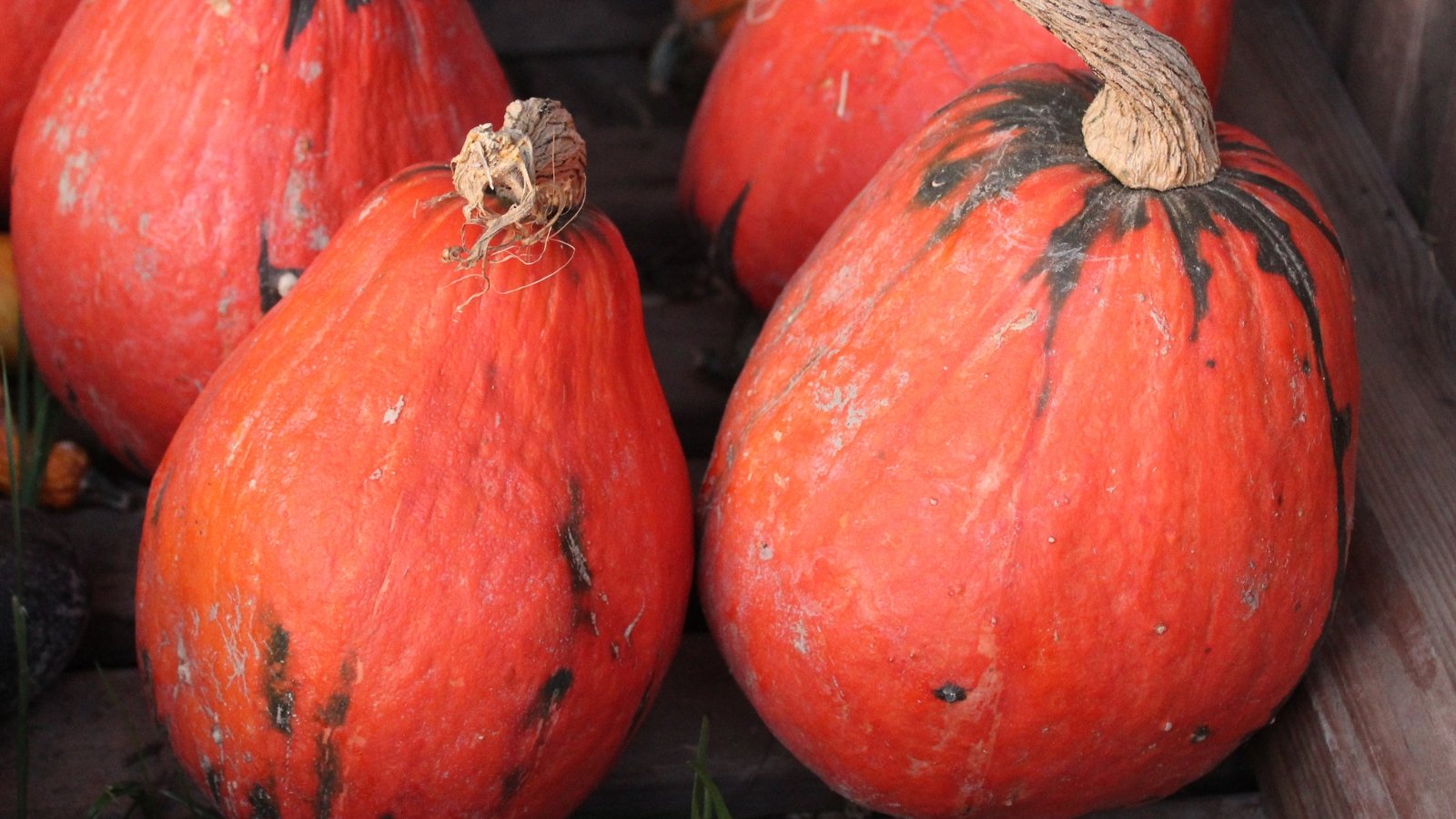 Bright orange fruits store well for many months.
Bright orange fruits store well for many months.‘Lakota’ is a winter variety with bright orange and deep green skin. It’s common to grow this one for decorative purposes, but it tastes great, too! This is a large plant, with vines that grow 10-20 feet long. The fruits are about six to eight inches in diameter and weigh up to eight pounds each.
This heirloom has been around since the 1990s, but the name has cultural significance going back much farther. Developed using Native American sources, this is a unique squash that has few similar rivals. These easy squash varieties have a sweet, nutty flavor and excellent storage potential.
Delicata ‘Honey Boat’
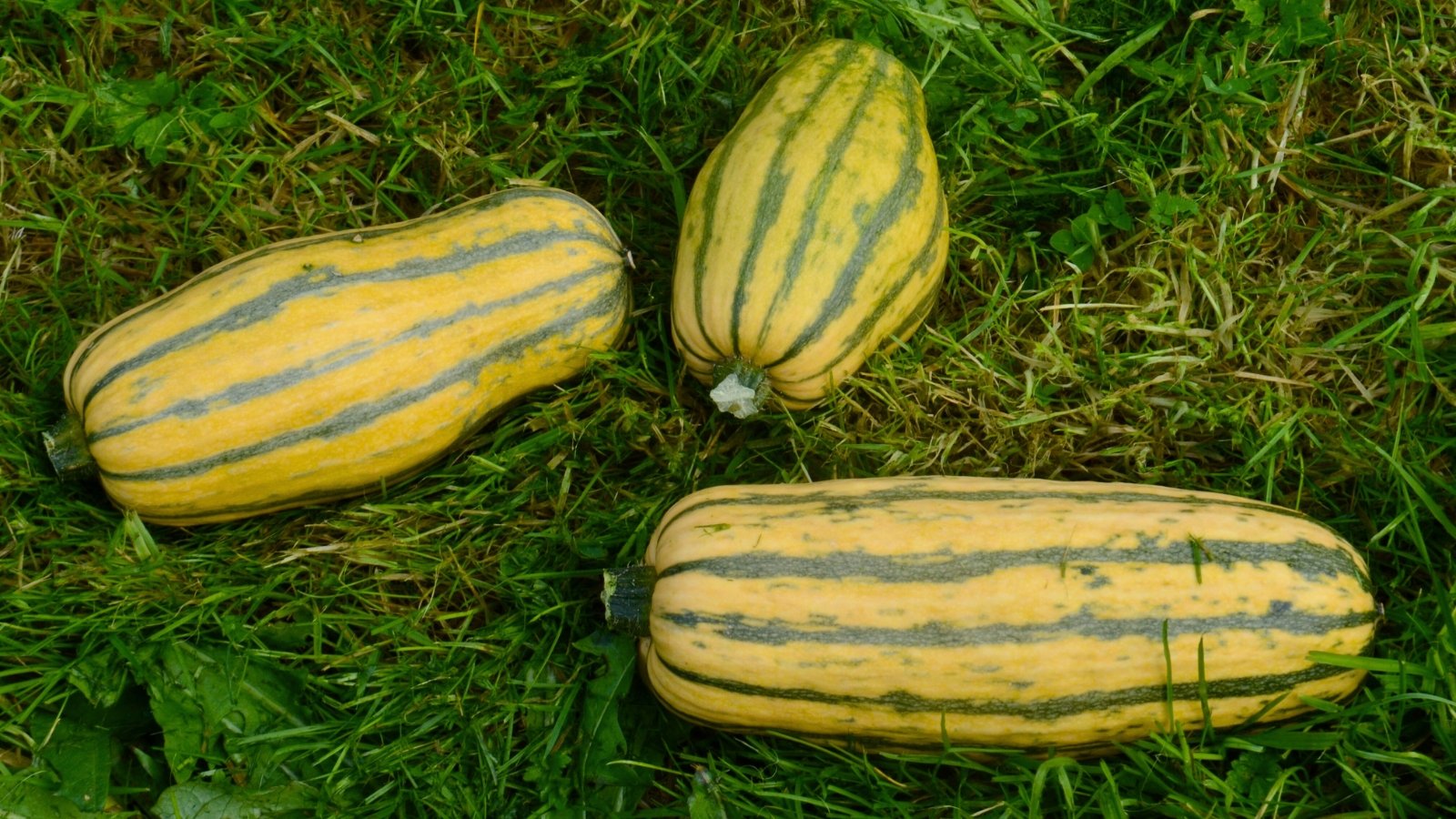 Nutty, sweet flesh works in savory or sweet dishes.
Nutty, sweet flesh works in savory or sweet dishes.Delicata is the preferred type of winter squash around my dinner table. They have thin, tender skin for a winter variety, and they’re packed full of flavor and nutrients. ‘Honey Boat’ is a pretty delicata with yellow skin and deep green stripes. The flavor, matching the name, is super sweet. It’s so easy to make a delicious side dish with these.
Delicata vines are about 9 to 12 feet long. It’s best to harvest these fruits when they’re about six to eight inches long. The flesh is dark orange and has a nutty, sweet flavor. You can prepare these easy squash varieties in sweet or savory dishes; they’re highly versatile.
Spaghetti ‘Angel Hair’
 Tender yellow fruits twist into strands like spaghetti.
Tender yellow fruits twist into strands like spaghetti.Spaghetti squash is another winter variety that my family adores. It makes a wonderful substitute for or addition to conventional spaghetti. The tender, yellow flesh has a mild flavor and a satisfying, stringy texture. Stringy doesn’t always equate to tasty in the squash world, but in this case, it’s just the right texture.
‘Angel Hair’ is sweet, small, and easy to prepare. The fruits are one to two pounds each, and grow on prolific, five to eight-foot vines. A single vine can produce up to 15 of these! At about four inches in diameter, these are wonderful for serving in the shell.
Winter ‘Red Kuri’
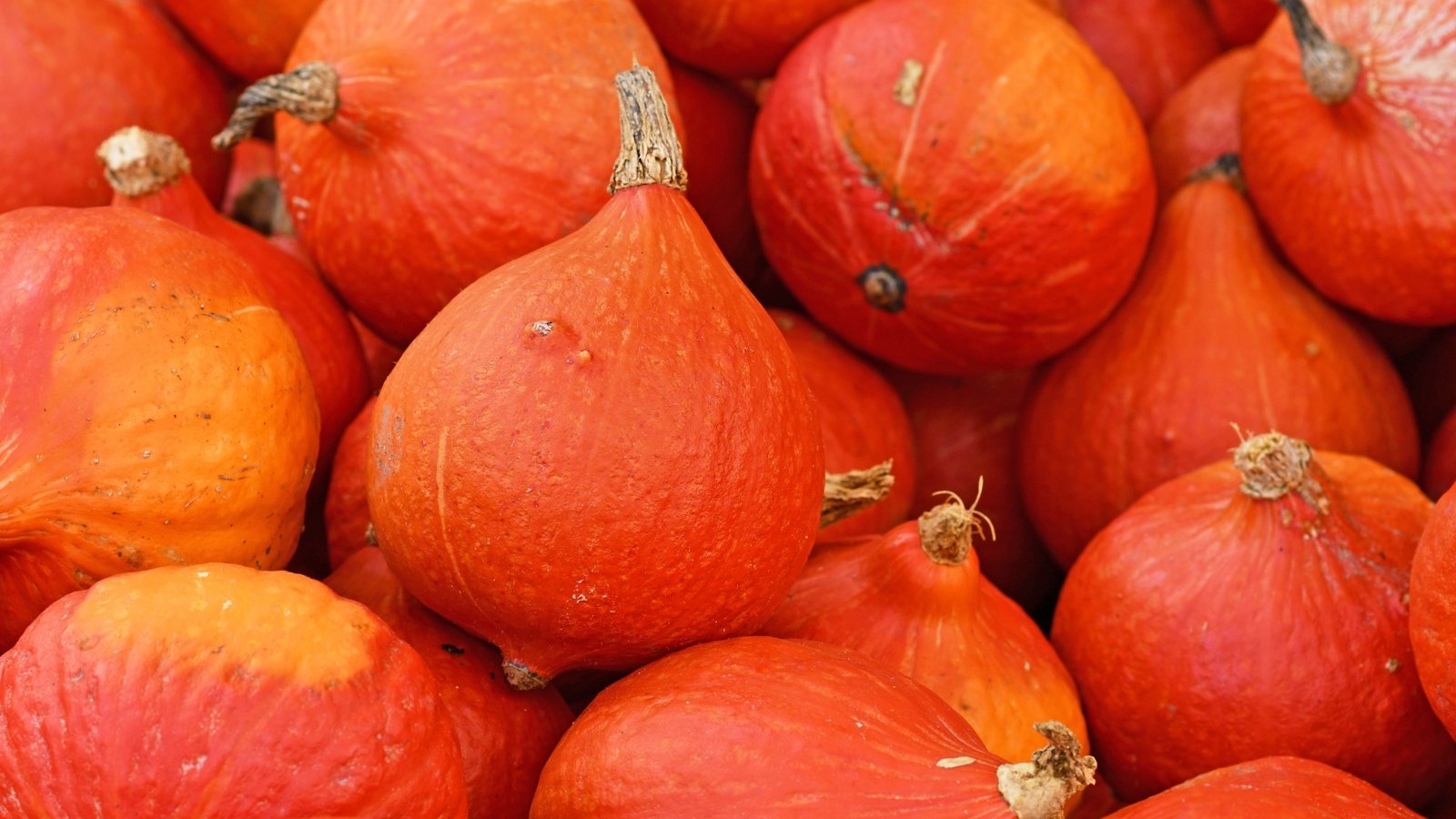 Three-pound fruits roast beautifully for hearty seasonal dishes.
Three-pound fruits roast beautifully for hearty seasonal dishes.This easy heirloom variety has a fun appearance and delectable flavor. ‘Red Kuri’ is a winter squash that is often used as a replacement for pumpkin. The name Kuri is the Japanese word for chestnut, and this squash does indeed have a nutty flavor.
The plants are compact, growing to about four to six feet long. Each vine produces two or three substantial, three to four-pound fruits. The flesh, like the skin, is dark orange and delicious, however you prepare it. It’s great sliced, steamed, or baked.
Winter ‘Pink Banana’
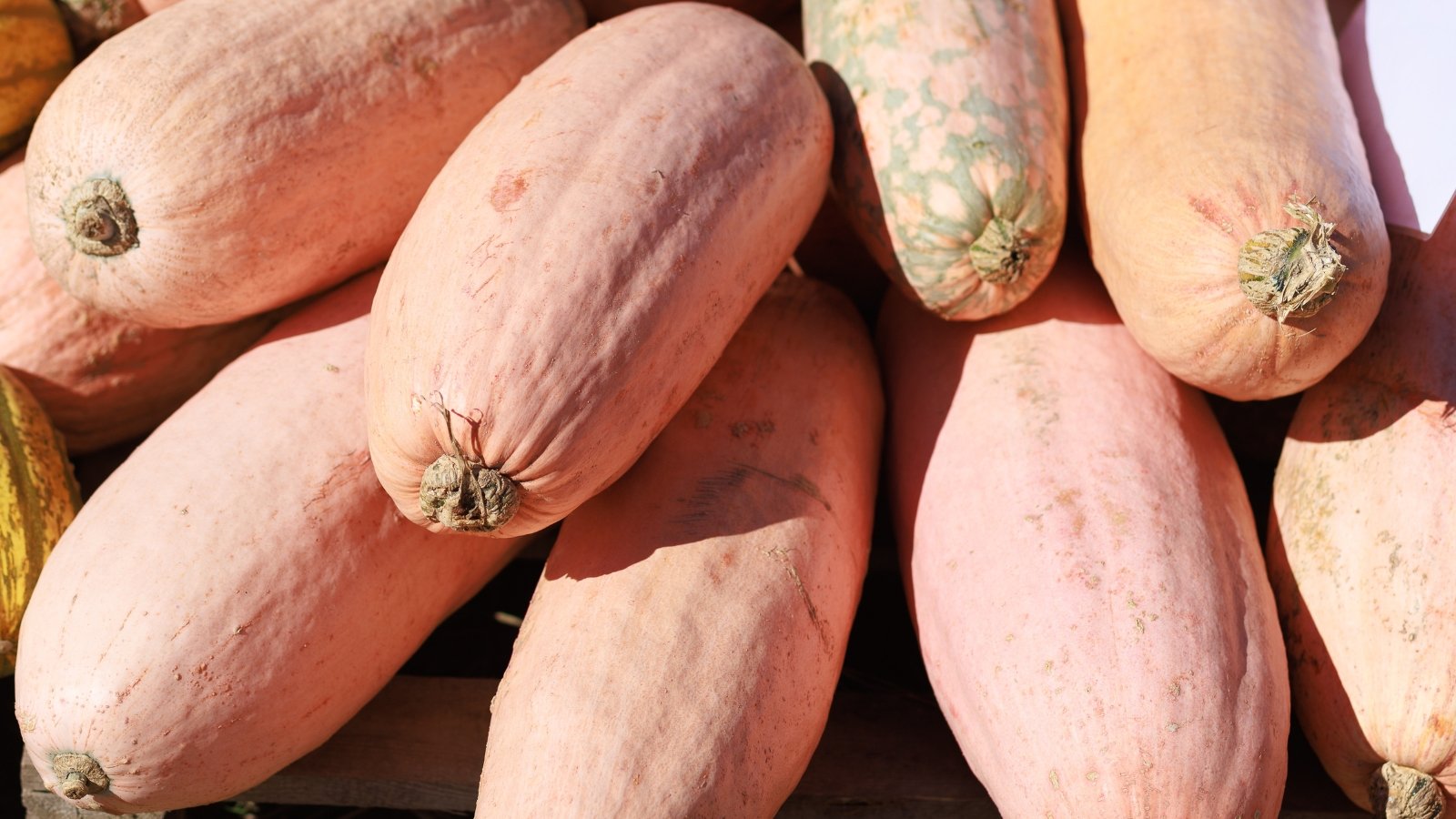 Large, oblong fruits brighten both garden and table.
Large, oblong fruits brighten both garden and table.‘Pink Banana’ is a pretty, salmon-pink winter squash that has been around for more than 100 years. Introduced in 1900, this type of squash has many uses and great decorative value. Large, oblong fruits have smooth skin and firm, dense flesh.
This variety is excellent for both sweet and savory preparations. The flesh is not at all stringy, with a sweet and nutty flavor. It caramelizes excellently and is versatile and easy to use in all kinds of recipes. From pies to stews and everything in between, ‘Pink Banana’ is an excellent addition to the garden and kitchen.
Kabocha ‘Kurinishiki’
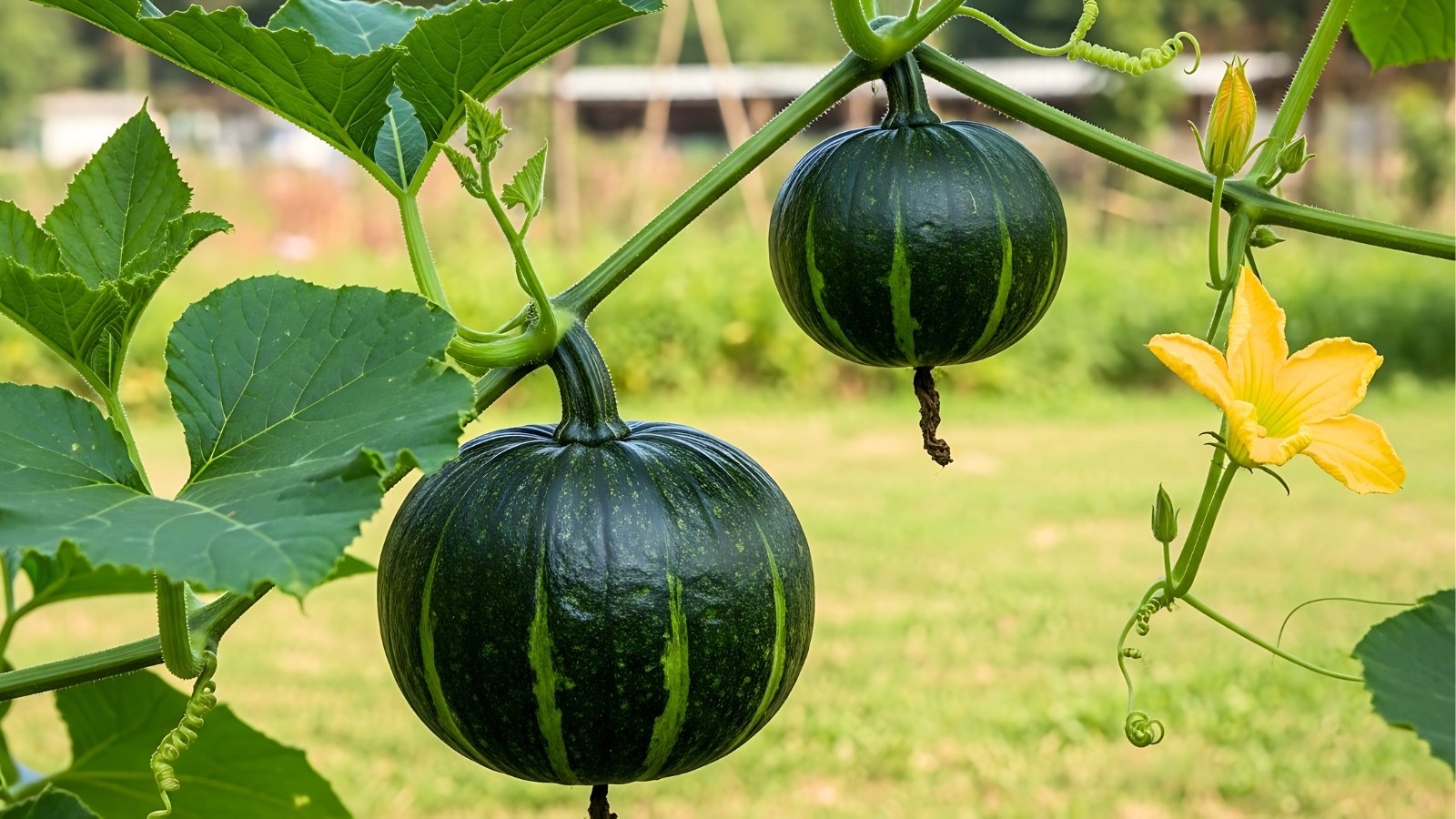 Tender flesh caramelizes perfectly in the oven or a pan.
Tender flesh caramelizes perfectly in the oven or a pan.Kabocha is a Japanese squash that has a similar flavor and texture to a sweet potato. It’s exceptionally popular in many Asian cuisines and often prepared tempura style. ‘Kurinishi’ is a small cultivar with three to four-pound fruits that grow on 4 to 12-foot-long vines.
While tempura is the traditional preparation for kabocha squash, it’s easy to love this one prepared in many ways. It’s great for roasting, mashing, or adding to soups and stews, too!
Acorn ‘Mashed Potatoes’
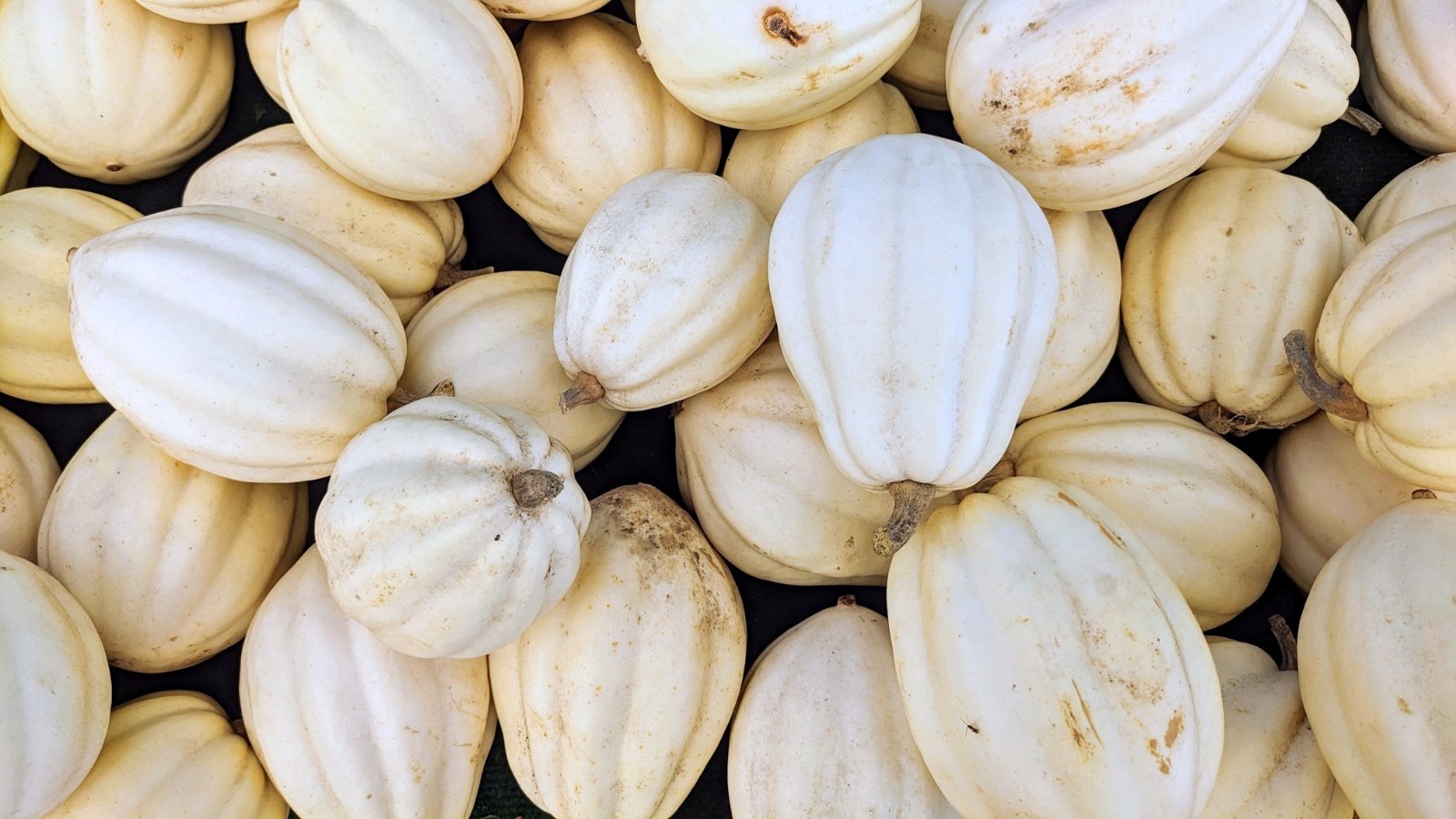 White acorn fruits roast beautifully for autumn dinners.
White acorn fruits roast beautifully for autumn dinners.This final winter squash is easy to grow and easy to love. Acorn squash is popular and tasty, but ‘Mashed Potatoes’ has a whole different look. Stark white fruits grow to about one and a half pounds on a restricted vine. These shorter vines reach about 45 inches long and produce about three or four squash per vine.
The most interesting thing about these easy squash varieties is the color of their skin and flesh. While they’re usually dark green and orange, this one is completely white. Its name comes from its appearance, as it resembles mashed potatoes when you bake and mash it.


 1 day ago
2
1 day ago
2
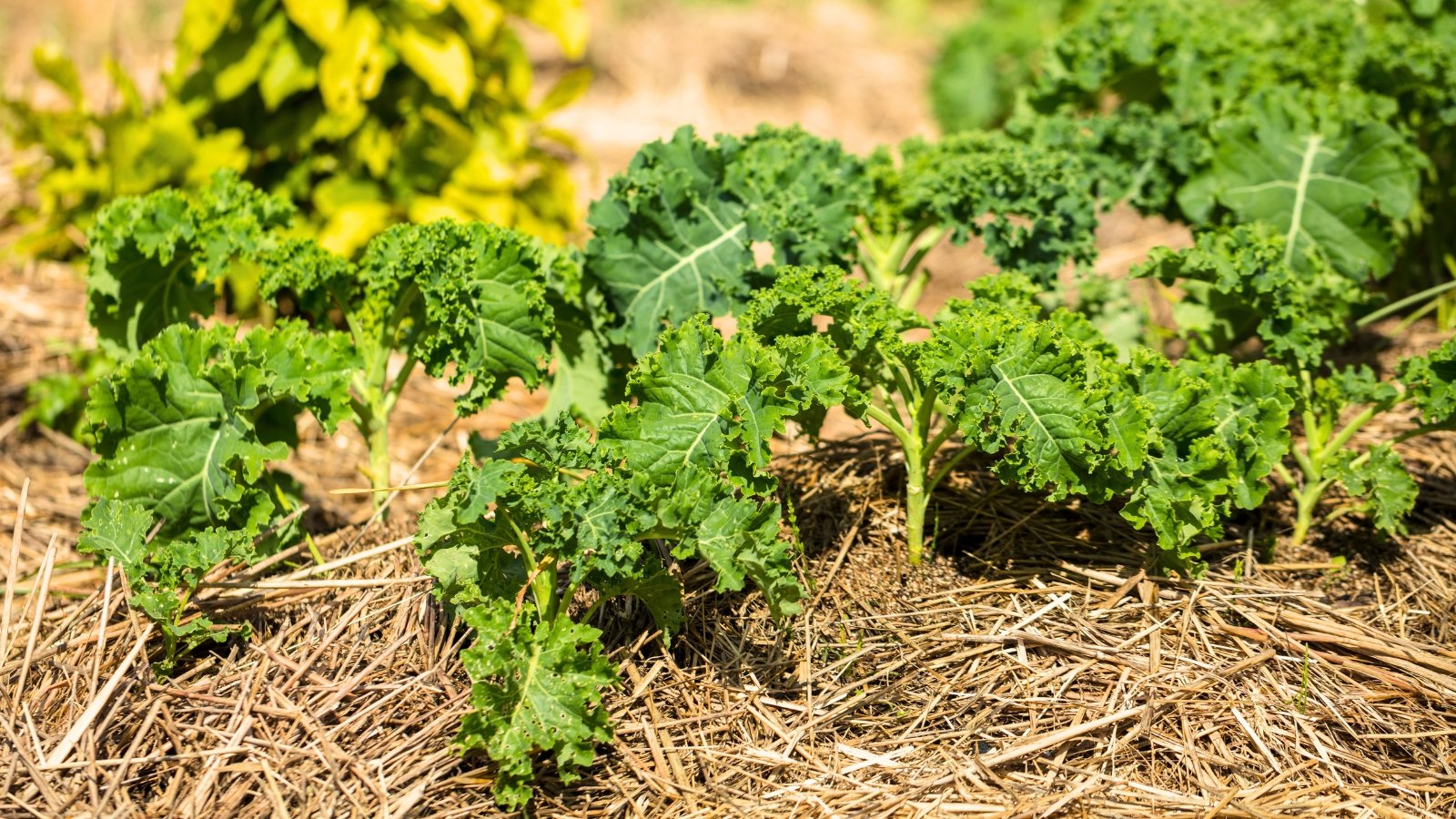
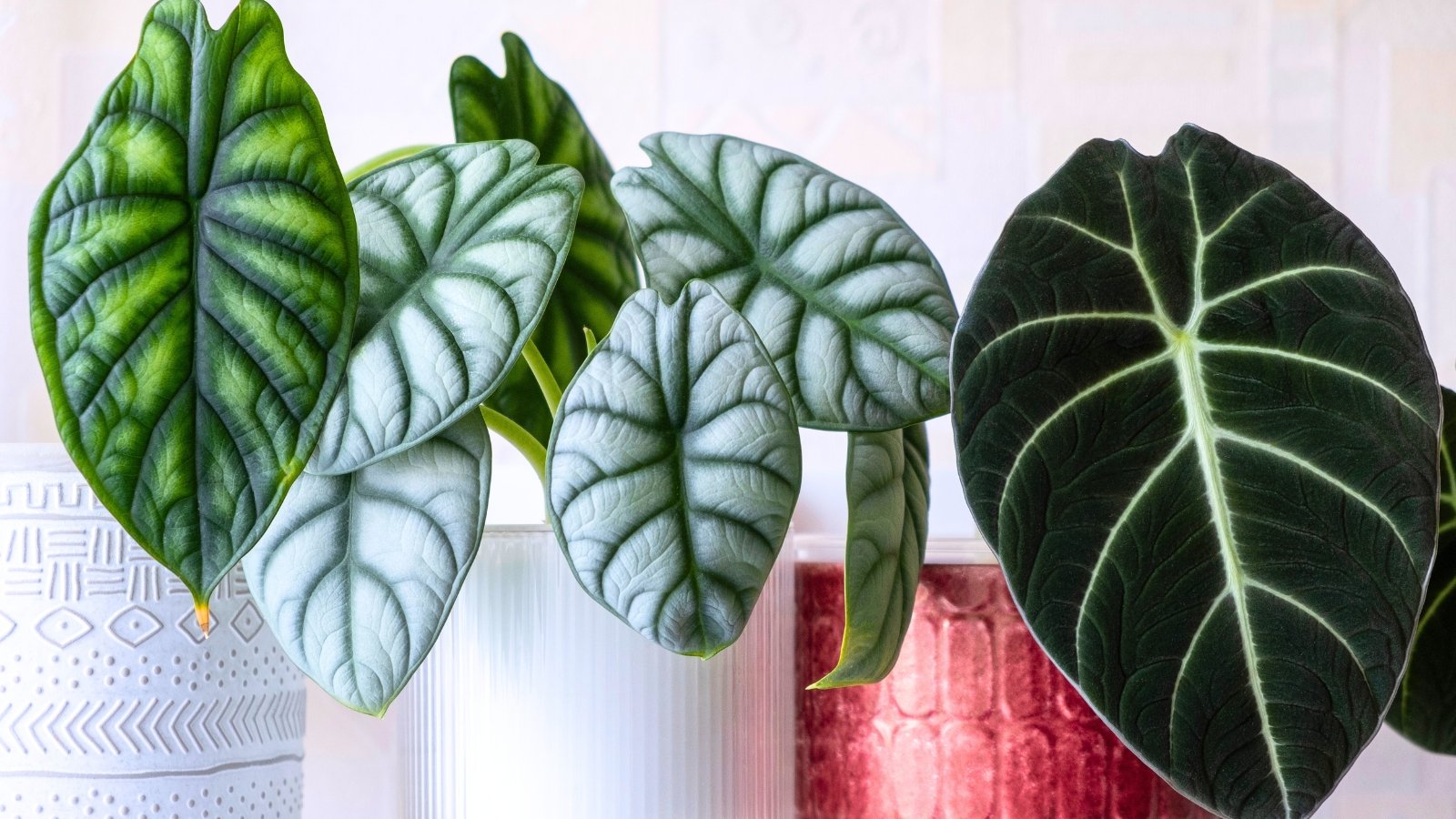

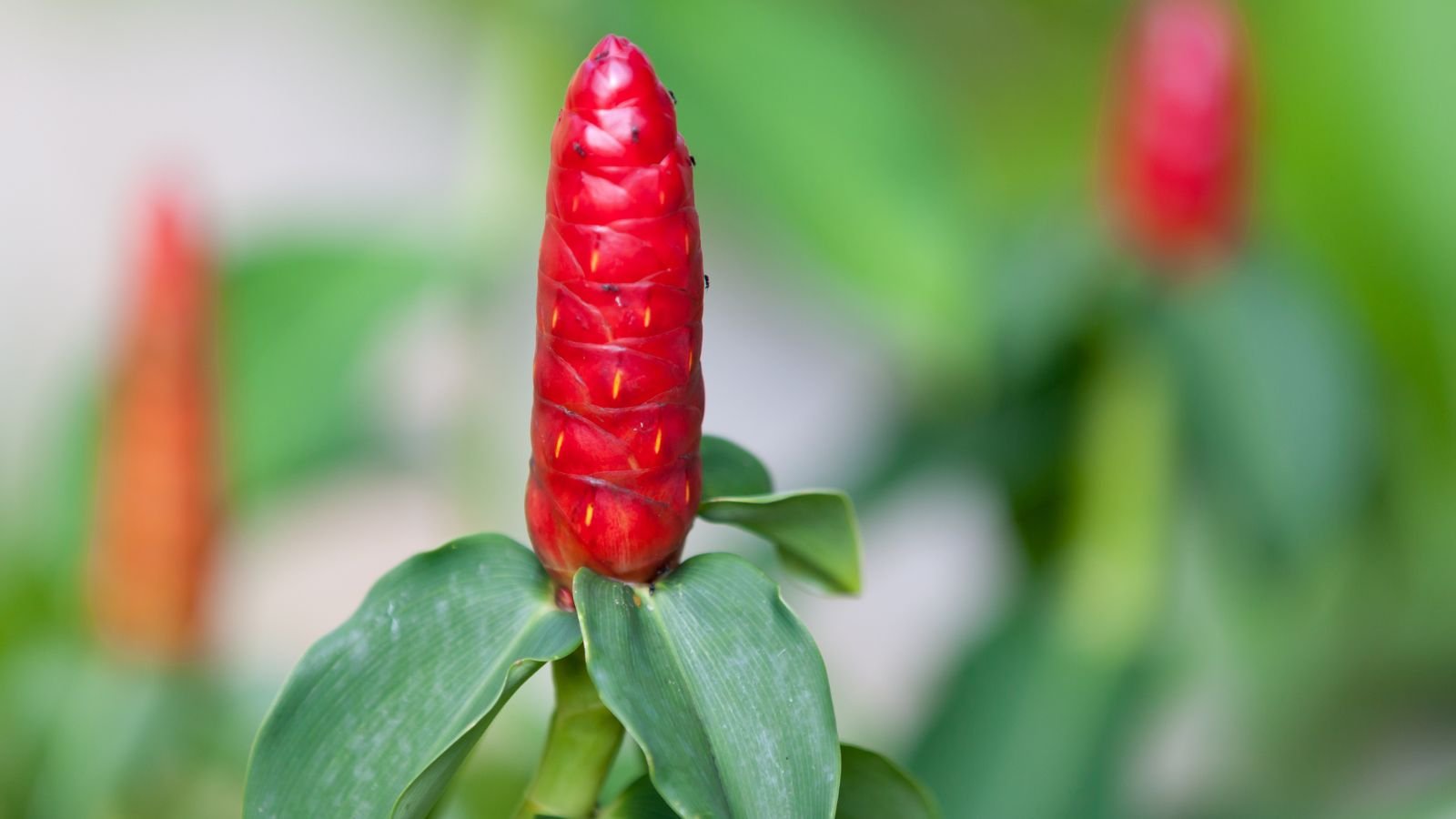

















 English (US) ·
English (US) ·  French (CA) ·
French (CA) ·